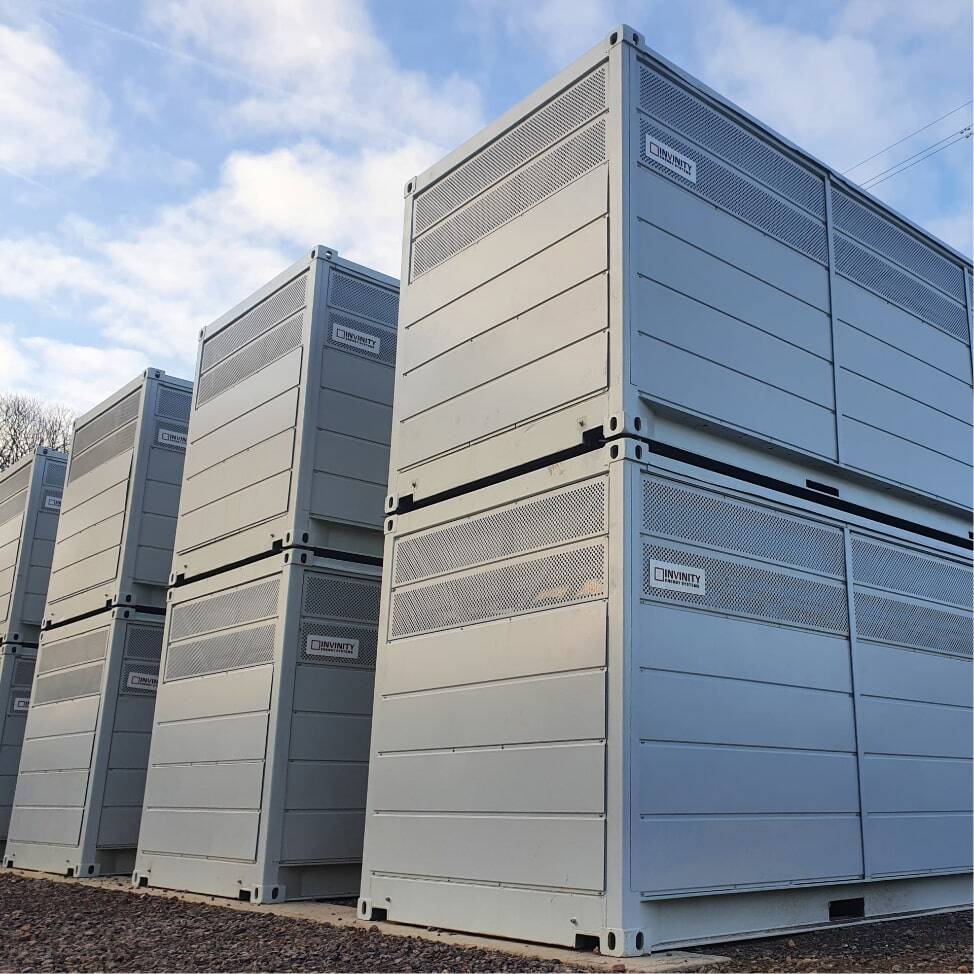Distributed
Generation
Distributed generation resources are in high demand as more clients seek to offset their energy consumption, manage peak loads, increase resiliency, and improve their environmental responsibility. Any generation source installed behind a client’s meter is considered a distributed energy resource, including diesel or gasoline-fired generators, battery storage, fuel cells, combined heat and power systems, solar panels, etc. When properly designed and deployed, distributed generation can reduce overall energy costs through strategic load shedding and drive additional revenue sources through grid reliability programs like demand response. When coupled with an appropriately structured electricity supply agreement, distributed generation may provide a market price response option that can deliver additional economic benefit. Successful distributed generation programs can often contribute to a client’s sustainability efforts and improve resiliency by providing critical backup power.
5 works with clients to evaluate existing and future distributed generation opportunities. This process begins with an analysis of the client’s historical energy usage, an inspection of the client’s available space at each location, and an in-depth review of their sustainability and operational goals. 5 also carefully examines each engine’s operating characteristics to ensure compliance with local and federal air emissions standards. Once a strategy is determined, 5 assists the client with proposal reviews and vendor selection to complete the implementation, as well as applications for potential state incentives or federal tax credits. 5 also helps the client with the necessary financial modeling at the beginning of the project and the ongoing review and accountability of the asset over time.
Contact Us to learn how 5 can help you to build stronger resiliency, offset your consumption, manage your peak loads, move closer to your sustainability goals through distributed generation.

“Whether it is the growing interest in renewable sources of power or the impact of the recent grid reliability events in Texas, the complexity of the energy landscape is a growing concern for commercial, industrial and governmental energy users. 5’s expertise in all aspects of distributed generation and our deep analytic capability are key parts of the value we bring to our clients.”
- Josh Coleman, Chief Operations Officer, 5

